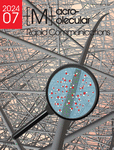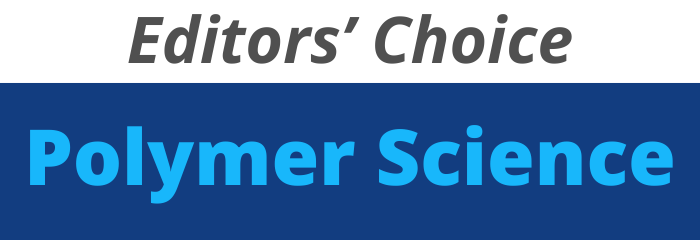Journal list menu
Export Citations
Download PDFs
Cover Picture
Formation of Three-Dimensional Polysuccinimide Electrospun Fiber Meshes Induced by the Combination of CaCl2 and Humidity
- First Published: 08 April 2024
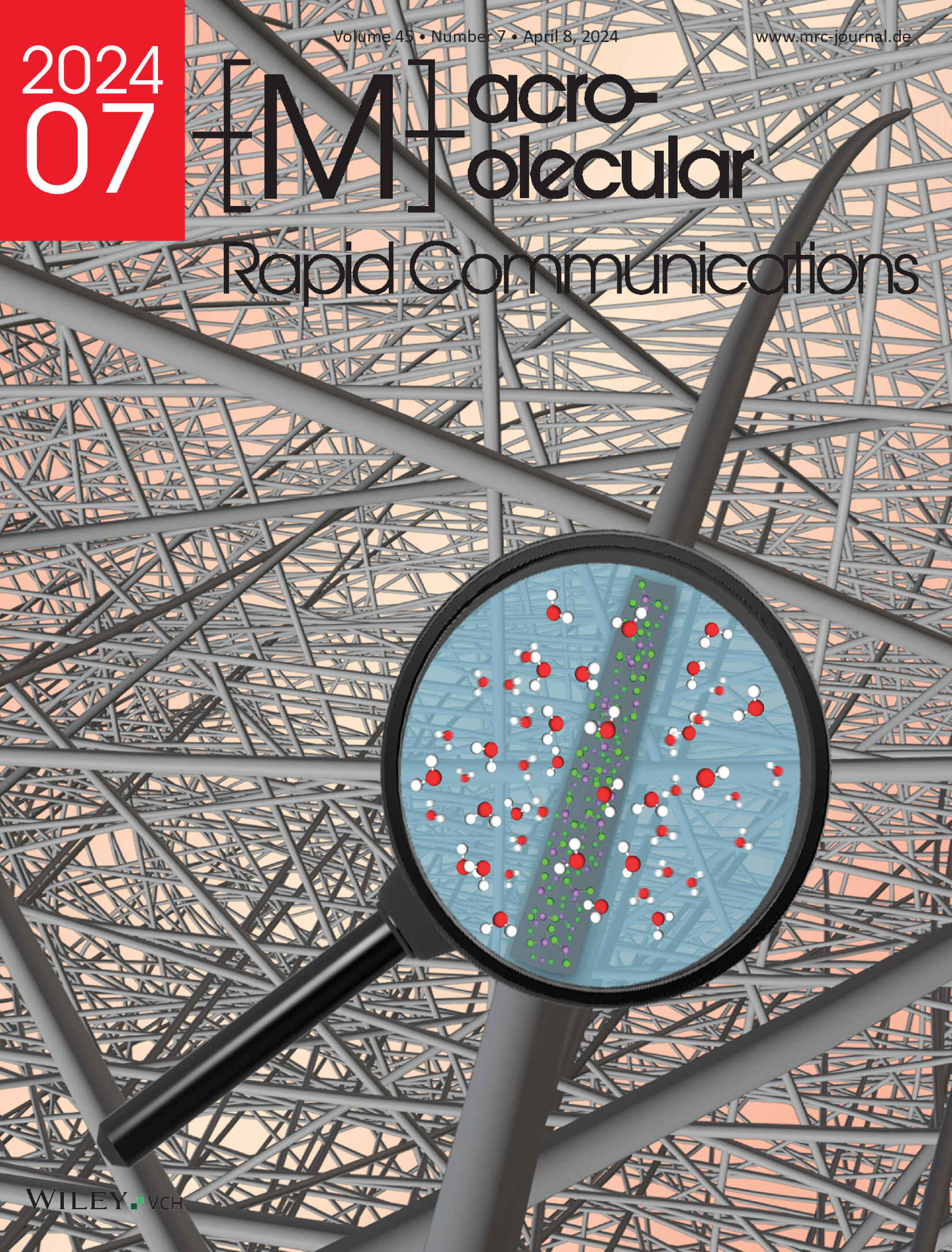
Front Cover: In article 2300625, Dávid Juriga, Angéla Jedlovszky-Hajdú, and co-workers demonstrate that adding CaCl2 to the poly(succinimide) solution in itself does not alter the macroscopic structure of electrospun meshes, but further adjustment of environmental humidity results in three-dimensional fibrous structures. This joint effect is related to the coordination of CaCl2 to the polymer, affecting the polymer jet's solidification kinetics.
Masthead
Reviews
Polymer Waste Valorization into Advanced Carbon Nanomaterials for Potential Energy and Environment Applications
- First Published: 20 January 2024
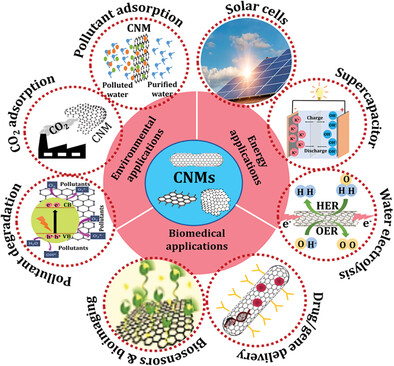
Upcycling of polymeric waste for energy and environment applications: Initially, this review focuses on the generation of diverse polymeric waste and its environmental impact. It further discusses numerous strategies for turning polymeric wastes into carbon nanomaterials including activated carbon, graphene, and carbon nanotubes. The following sections of the review assess the possible applications of polymeric waste-derived carbon nanomaterials in CO2 capture, heavy metal removal, energy storage, and water splitting.
Photocuring 3D Printing of Hydrogels: Techniques, Materials, and Applications in Tissue Engineering and Flexible Devices
- First Published: 25 January 2024
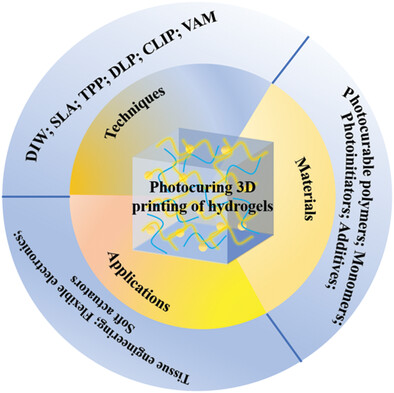
In recent years, photocuring 3D printing of hydrogels makes great progress and attracts significant attention by researchers. In this review, the techniques, raw materials, and applications in tissue engineering and flexible devices for photocuring 3D printing of hydrogels are reviewed. Moreover, the current challenges and future perspectives of photocuring 3D printing of hydrogels are also discussed.
Research Articles
Formation of Three-Dimensional Polysuccinimide Electrospun Fiber Meshes Induced by the Combination of CaCl2 and Humidity
- First Published: 11 January 2024
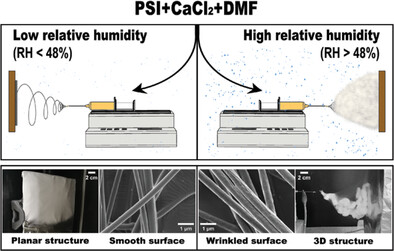
Electrospinning is one of the most frequently used techniques to produce nanofibrous meshes, however, the planar structure of the nanofibrous meshes limits their application, especially in the biomedical field. In this research, they present that combining the effect of inorganic salt in the polymer solution and the proper setup of the environmental humidity can lead to three-dimensional nanofibrous meshes.
Aliphatic Hyperbranched Polycarbonates Solid Polymer Electrolytes with High Li-Ion Transference Number for Lithium Metal Batteries
- First Published: 16 January 2024
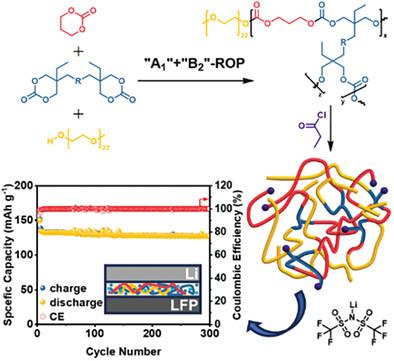
Hyperbranched polycarbonate-poly(ethylene oxide)-based solid polymer electrolytes (HBPC-SEs) are synthesized. The HBPC1-SEs exhibit high ionic conductivities, with an electrochemical stability window of 5 V and Li+ transference number of 0.53. The LiFePO4/HBPC1-SE-3/Li cell maintains a discharge capacity retention of 95% at 0.5C after 300 cycles.
Near-Infrared Absorbing Para-Azaquinodimethane Conjugated Polymers Synthesized via the Transition-Metal-Free Route toward Efficient Photothermal Conversion
- First Published: 16 January 2024
Improving Gene Delivery: Synergy between Alkyl Chain Length and Lipoic Acid for PDMAEMA Hydrophobic Copolymers
- First Published: 09 January 2024
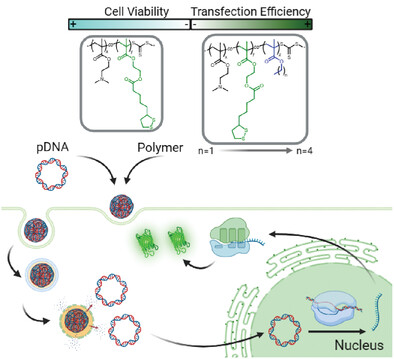
This study highlights the importance of hydrophobic moieties and the positive influence of nutrients on gene delivery. Incorporation of lipoic acid, an antioxidant with diverse cellular benefits, enhances viability and transfection efficiency. Furthermore, reducing pendant acyclic alkyl chain length improves cell viability while retaining high transfection efficiency. A synergy between cationic and hydrophobic/lipoic acid-containing monomers enables optimal performance.
Double-Network Organohydrogels Toughened by Solvent Exchange
- First Published: 30 December 2023

An innovative alginate-based double-network organohydrogel from polymers forming dimethyl sulfoxide (DMSO)-alginate-based hydrogen bonding and covalent bonding crosslinked networks is proposed and established by solvent exchange. This gel shows enhanced mechanical properties and better environmental stability compared to conventional double-network hydrogels based on calcium alginate, which improves the potential application of alginate-based gels.
Polar Molecules Regulating the Regio- and Stereoselectivity of Polymerization of Conjugated Dienes Catalyzed by CGC-Type Rare-Earth Metal Catalysts
- First Published: 23 January 2024
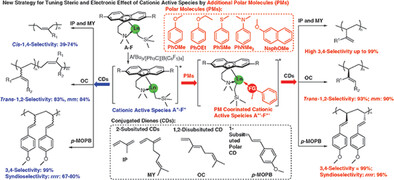
The introduction of polar molecules (PMs) (e.g., PhOMe, PhOEt, NaphOMe, PhSMe, and PhNMe2) to the CGC-type rare-earth metal complexes A–F/AliBu3/[Ph3C][B(C6F5)4] ternary catalytic systems can easily switch the regio- and stereoselectivity of the polymerization of conjugated dienes (CDs) (e.g., IP, MY, OC, and p-MOPB) from poor selectivities to high selectivities.
Red-Shifted Luminescence of Acrylonitrile-Containing Copolymers: A Matter of One Methyl Unit
- First Published: 22 December 2023
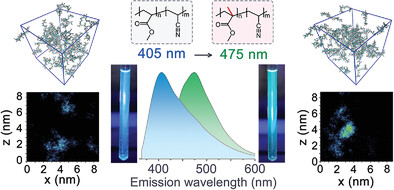
The intrinsic luminescence of acrylonitrile-containing copolymers can be significantly tuned by the chemical structures of comonomers. The presence of α-methyl groups of methacrylate comonomers can lead to a 70-nm red-shifting on the photoluminescent emissions, compared to acrylate-containing copolymers, due to the enhanced chain rigidity and through-space conjugation (TSC).
Accelerating Biodegradation: Enhancing Poly(lactic acid) Breakdown at Mesophilic Environmental Conditions with Biostimulants
- First Published: 11 January 2024
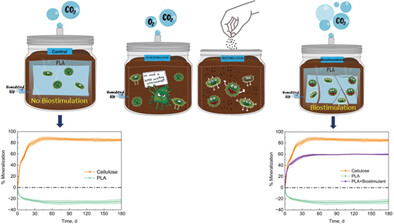
The inclusion of gelatin, skim milk, and ethyl lactate as biostimulants in the compost matrix helps improve the protease activity and stimulates the activity of lactate utilizing microorganisms respectively, thus improving the kinetic molecular reduction rate of PLA at mesophilic temperatures. This opens new avenues for PLA to be composted in mesophilic conditions.




